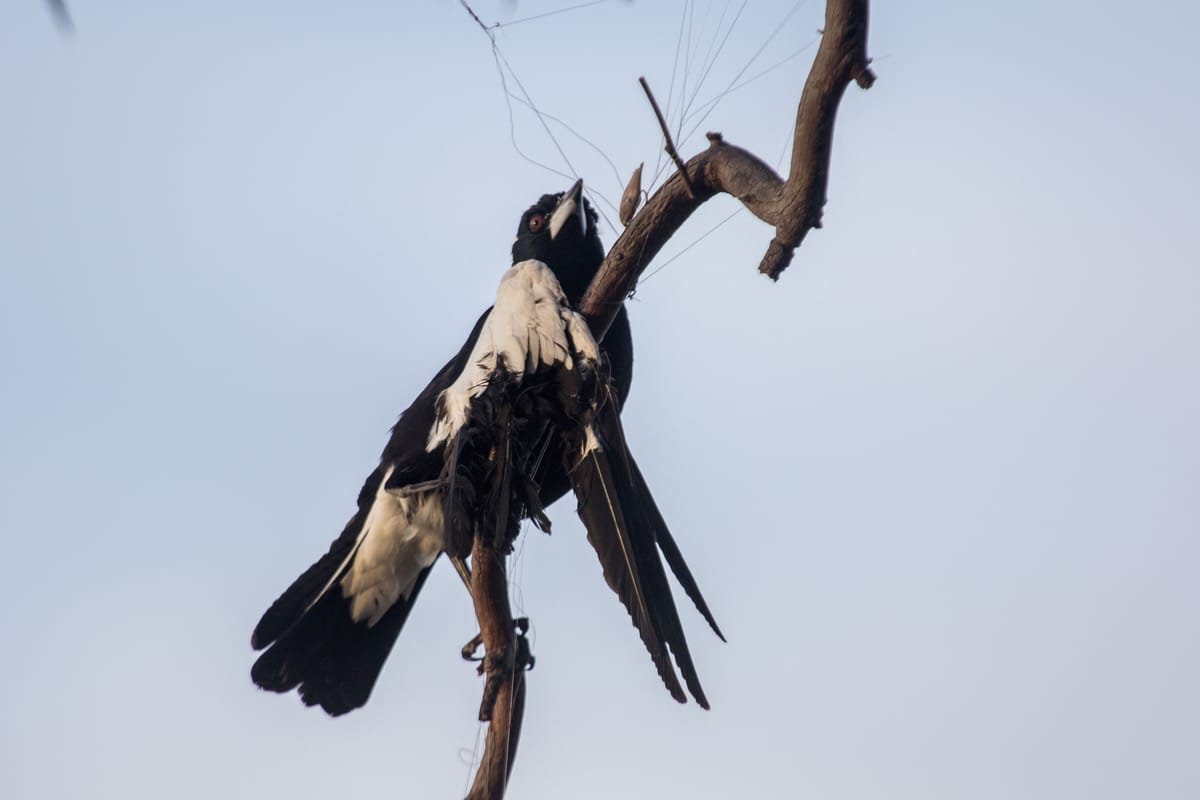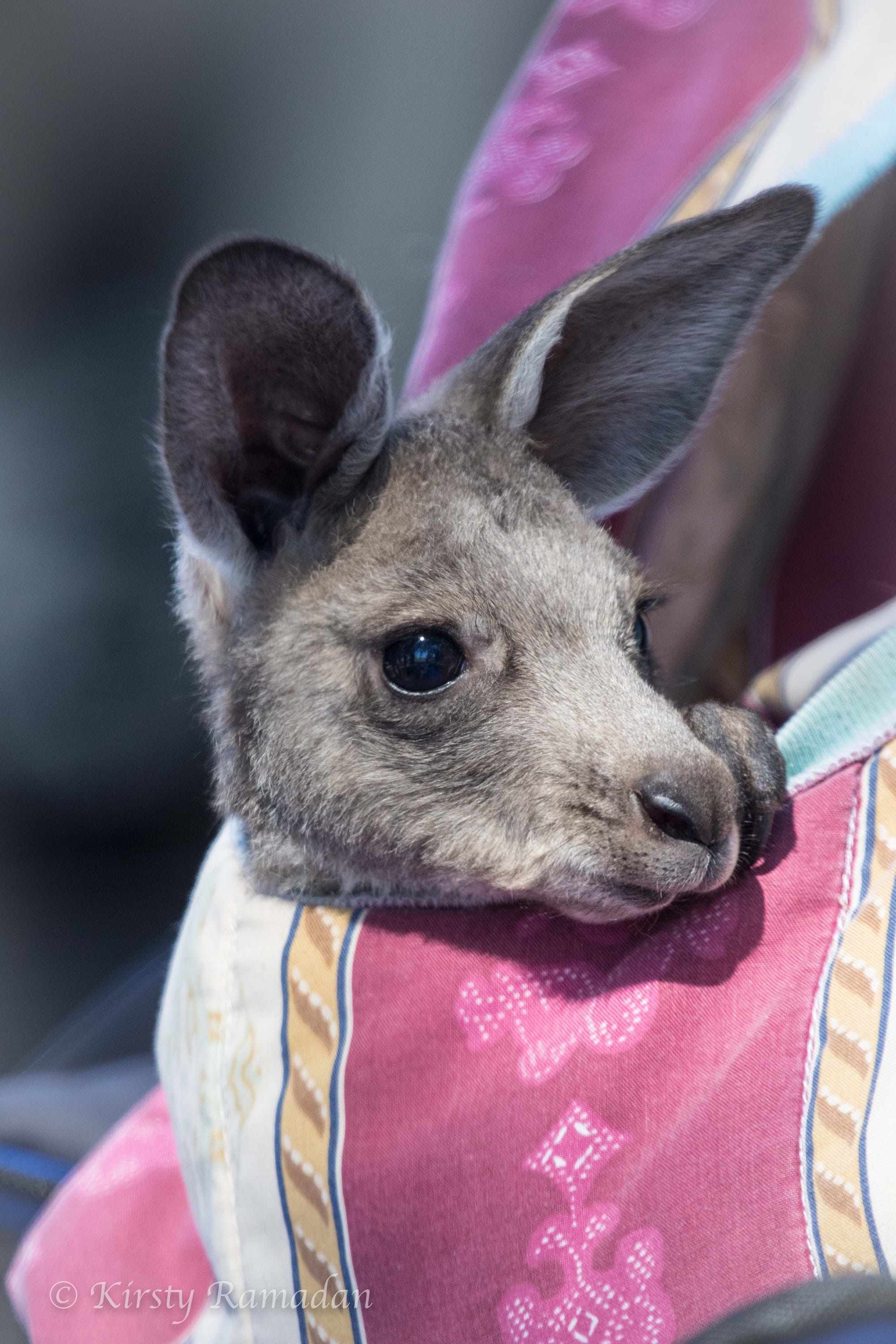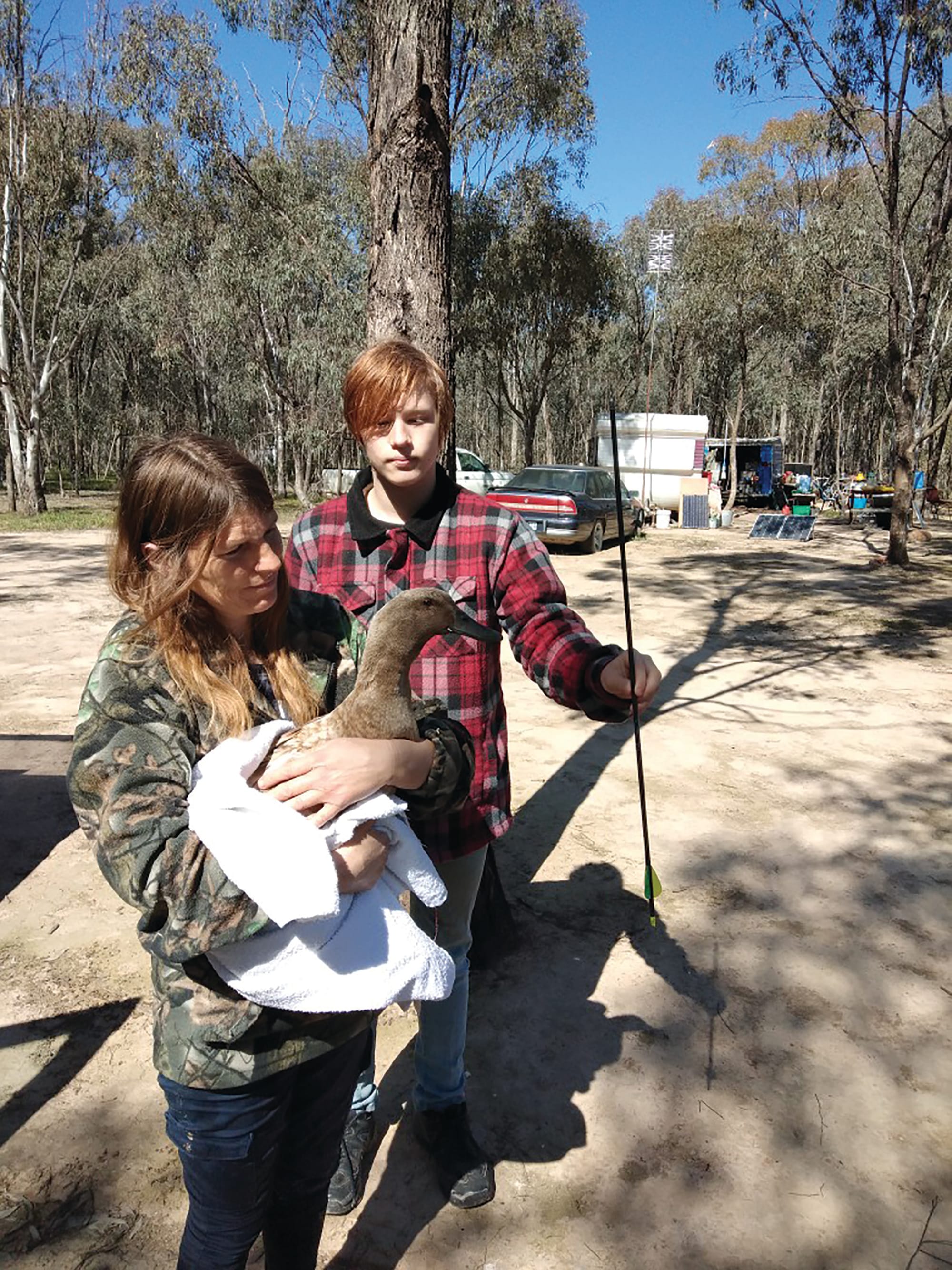“I’d love to do your job”

If I had a dollar for every person who has said to me, “I’d love to do your job”, I would be a rich person indeed!
I’m sure many people think our wildlife work involves playing with cute, furry wildlife, being able to look after amazing animals who most folks don’t get to see up close, let alone have them in their homes. The reality couldn’t be further from this assumption.
The costs are high to be involved at the high level of wildlife rescue and care we carry out at Bohollow. We sacrifice copious amounts of our time, our finances and also our own wellbeing at times. It’s by no means an easy gig.
I was asked about euthanasia recently and how we determine whether an animal is viable for rehabilitation or needs to be euthanised. This question is not an easy one to answer. Each case is different and lots of factors come into play when we have to make this difficult decision. Things we must consider are species, age, wounds, treatment necessary to rehabilitate, individual animal’s tolerance for both treatment and care for the duration of their rehabilitation.

Some species are known to not handle being contained in human care very well, regardless of how good the facilities are. Younger animals generally tolerate this better than fully mature animals. Having a young, at foot joey with laceration injuries from being caught in a fence is a lot different to having an 80kg big, male kangaroo in care with identical injuries. Adult roos can often require sedation to minimise stress in care, they are not an animal that tolerates extensive time in care, can refuse to eat once they become depressed with their situation.
Adult wombats can pose the same problem for carers as well as some adult birds. Injury and wounds are another consideration. We have to weigh up time needed in care if we deem an animal’s injuries viable to treat, the type of treatment required and whether the animal in its current state will be able to tolerate treatment. A fracture which we may technically be able to fix, may not be viable to fix when we know the animal will not tolerate the treatment and time in care required.
We can do some amazing things with wound treatment and fracture repair in wildlife but at the end of the day, our concern must be for the animal in question. We need to ask ourselves whether at the end of it all, is this animal going to be able to live a wild life back out in their natural environment and sadly, if the answer is no, euthanasia is the result. Under our Victorian wildlife shelter licensing, if an animal cannot be returned to the wild, it must be euthanised.

Making the decision to euthanise is not one we treat lightly. It is a heart breaking reality to the work we do and having to make that hard decision and carry it out is an awful weight on our hearts. Sometimes we can only take comfort in knowing the last act we are able to do for an animal is end their pain and suffering in the most humane way possible.
Sometimes, when we have exhausted all options and treatment or toleration of care has not gone as we had expected, we then have to decide to euthanise. This is even harder emotionally on us as we’ve invested time, money and all our energy into a critter only to then have to pull the pin and say goodbye.
Deb and I have to euthanise many animals in the course of a year. It does take its toll. It does wear you down. We do become hardened to it . . . but it still does hurt and sadden us to the core. Often people do not want to hand in injured or orphaned wildlife to a vet or wildlife carer as they believe the critter will just be euthanised. This is not the case. We have worked hard to build great networks with all our local veterinary clinics and provided better diagnosis in the clinics than in years gone by. Both Deb and myself are able to assess most cases after extensive physical examination and if we require xrays or further tests, the clinics help us to provide what is needed.
If you do call us for help or drop wildlife to a veterinary clinic, and the result is euthanasia, please don’t let it stop you from helping another animal in need and getting it to where it needs to be for proper assessment. Always call your local wildlife shelter.
What is even more distressing to us is having an animal brought to us after spending many months, sometimes even years, with someone who has not sought the correct assessment and care initially. I deal with birds who are kept with horrific fractures for many years, then are handed in. These birds are not fit to return to the wild for obvious reasons, and can experience pain from incorrectly treated injuries.
We do not attempt to fix our own broken arm. Don’t put an animal through the same thing!
Wildlife do not shed tears of pain like we do. Just because they may tolerate life in a human environment, does not mean they are happy with their situation. The urge to stay alive is strong within us all, including wildlife and there is a difference in surviving and living the life they deserve in their wild homes.
So, why do we do it? We do it because we believe wildlife deserve the same help domestic animals are entitled to when things go wrong for them. Wildlife are not owned by anyone. People will pay exuberant costs to ensure their pets live as long as possible and have the best quality of life they can give them. We care for wildlife as they have no guardian to foot the bills when they require vet assistance or care.
So many cases come to us through man-made causes, most in fact. We are just giving them a second chance to get back to their natural homes and if we are successful, that is our reward.
Kirsty




